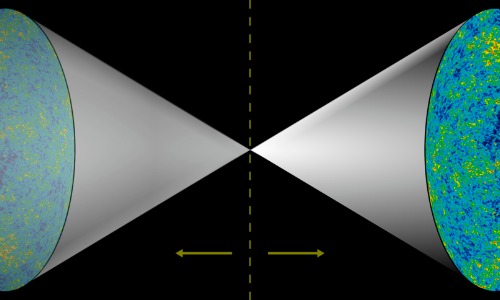A Mirror Universe That Balances Our Own May Exist
The particles that make up the Universe around us are out of balance, and physicists are searching for a cause. Following the Big Bang, there should have been an equal number of particles that mirror one-another. I.e. there should be just as much antimatter in the universe as there isread more
